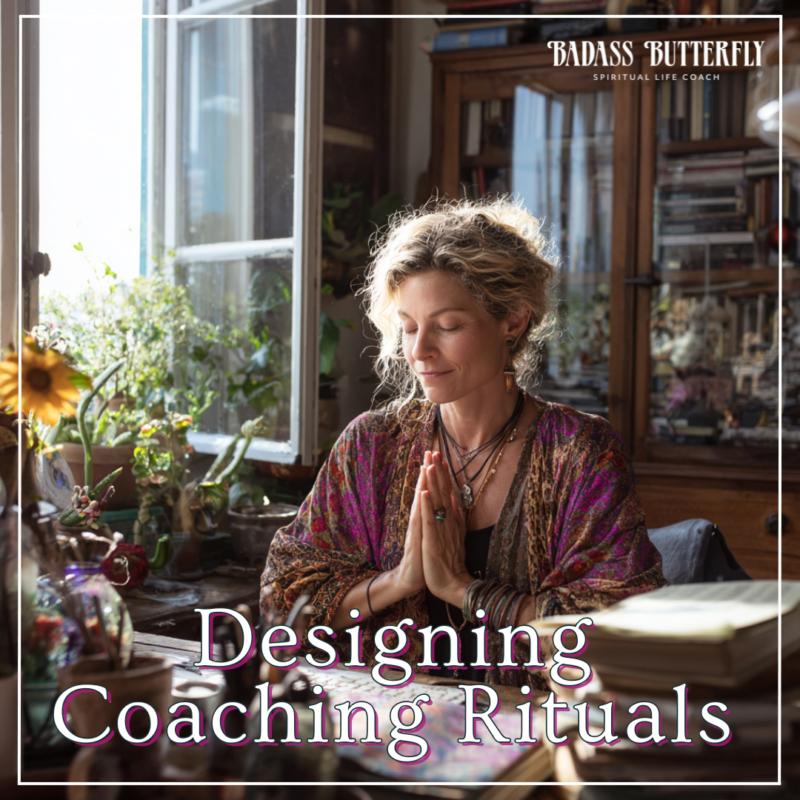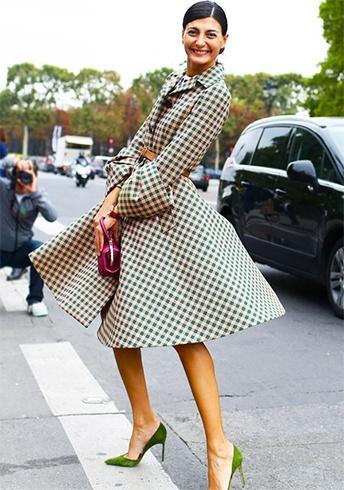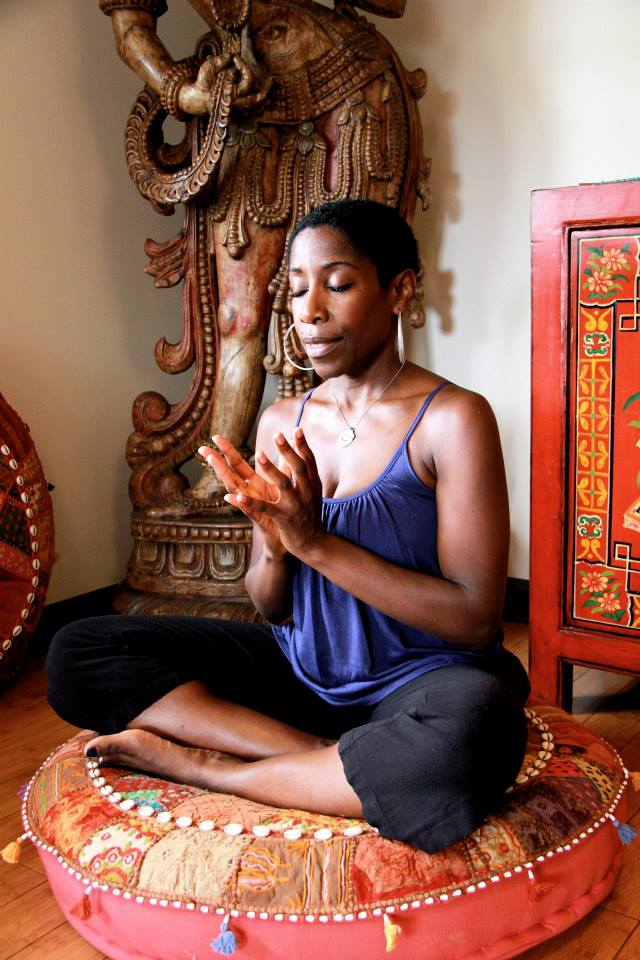
Join me for the LIVE masterclass: “How to Use Meditation in Your New Coaching Business: A Tool for Powerful Connection, Healing & Transformation Coaches Just Starting Out”. Watch the replay if you miss the LIVE!
In the modern coaching world, “ritual” can sound like a luxury—something reserved for the deeply spiritual or overly poetic. But when stripped down to its essential components, ritual is one of the most powerful tools in a coach’s toolkit because it speaks directly to the parts of the human psyche that logic alone can’t reach.
Great coaching is transformational. And transformation doesn’t happen only through analysis, insight, or strategy. It happens through repetition, rhythm, and reverence. Ritual is the bridge between those worlds. It makes the invisible visible, the internal external, and the sacred actionable.
Whether you’re opening a session, guiding a client through a shift, or closing out a long cycle of work, rituals—when designed intentionally—become tools of deep change. This isn’t just woo-woo, my friend. It’s a grounded, measurable impact. And that’s what you want.
Let’s explore why rituals work, and how to design them effectively.
The Psychology of Ritual: Why It Works
Basically, a ritual is a patterned act imbued with meaning. From a psychological perspective, rituals create safety and structure. They help the nervous system orient itself. When a ritual is repeated at the beginning of each session, for example, the client’s body begins to recognize: we’re entering a sacred space now. I can let my guard down.
But ritual is more than habit. It carries intention. That’s what makes it powerful. Neuroscience shows that when a repeated act is paired with meaning, it activates the emotional centers of the brain—not just the cognitive ones. In other words, rituals give your client’s breakthroughs somewhere to land. They root change in the body.
This is especially important for clients working through identity shifts, trauma, or spiritual awakening. A well-designed ritual provides an anchor. It doesn’t have to be elaborate—but it must be intentional.
The Alchemical Model: Intention, Energy, Repetition
In the framework of spiritual alchemy, three elements must be present to create real transformation:
-
Intention – the clarity of purpose behind the ritual. Why are you doing this? What energy are you invoking, releasing, or shifting?
-
Energy – the emotional and energetic charge that fuels the ritual. Is this done in presence, or on autopilot? Are you directing attention to the symbolic meaning?
-
Repetition – the consistency that allows the ritual to gain momentum and deepen over time. Rituals are most effective when they’re repeated in rhythm, not randomly.
When these three are aligned, a ritual becomes more than symbolic—it becomes catalytic.
Where to Use Rituals in Your Coaching Practice
1. Session Openings
Rather than jumping into updates or goals, create a consistent opening ritual. A single deep breath, a hand on the heart, a moment of silence, or a one-sentence intention like, “I’m open to the wisdom that wants to come through today.” You can even offer the client a choice—pull a card, read a short quote, or light a candle if on video. It signals: this space is sacred. It’s time to shift gears.
2. Transitions
When a client experiences a big breakthrough or releases a core belief, pause. Mark the moment. Ask them to close their eyes, breathe, and acknowledge what just shifted. You might say, “Let’s take a moment to energetically close that old chapter and welcome in the new.” That pause can lock in a transformation more powerfully than any follow-up exercise.
3. Closings and Integration
Don’t end a session on logistics. Use a short ritual to close the energetic container. Ask, “What’s the one word you want to carry with you from this session?” Or offer a short blessing, like: “May this clarity continue to unfold in the days ahead.” The goal is to help the client integrate what’s occurred, not just intellectually—but spiritually and somatically.
Making Rituals Real (Not Performative)
Rituals are not about performance or perfection. They are about presence. A ritual that is half-hearted or forced will fall flat. One that is authentic—even if simple—will work.
The key is to trust your own intuitive knowing and your client’s needs. Some clients will respond well to more structured, overtly spiritual rituals. Others may need something more subtle and grounded. You don’t need incense and chanting (unless that’s your brand). A ritual can be as minimal as a breath, a gesture, or a question. What matters is that it’s done with awareness, reverence and repeatability.
Coaching rituals are frameworks. They hold energy, deepen presence, and create meaning. When designed thoughtfully, they allow your work to move beyond surface-level accountability into true inner alchemy. If you want your clients to experience real change—not just temporary insight—then design your sessions like sacred containers. Use ritual to create the rhythm, energy, and intention that transformation requires.
Join me for the LIVE masterclass: “How to Use Meditation in Your New Coaching Business: A Tool for Powerful Connection, Healing & Transformation Coaches Just Starting Out”. Watch the replay if you miss the LIVE!
⋅•⋅⋅•⋅⊰⋅•⋅⋅•⋅⋅•⋅⋅•⋅∙∘☽༓☾∘∙•⋅⋅⋅•⋅⋅⊰⋅•⋅⋅•⋅⋅•⋅⋅•⋅
Stay Connected with Us!
Watch & Subscribe to Our YouTube Channel
Join Our Alchemy Coach School Community
Check Out Our Upcoming Events





 Hi there! My name is Crystal Lynn Bell and I am a Spiritual Empowerment Coach. I'm currently living in Paris, doing my coaching, writing my book, and studying French language and culture at the Sorbonne. I love Paris and I'm excited to be hosting a retreat here this winter called
Hi there! My name is Crystal Lynn Bell and I am a Spiritual Empowerment Coach. I'm currently living in Paris, doing my coaching, writing my book, and studying French language and culture at the Sorbonne. I love Paris and I'm excited to be hosting a retreat here this winter called 


